According to the commitment in EVFTA, the Agreement will eliminate most tariff barriers, except for some items subject to duty-free tariff quotas.
On the European Union (EU) side, it committed to eliminating tariffs as soon as the EVFTA takes effect for Vietnamese goods belonging to 85.6% of the tariff lines in the tariff schedule, equivalent to 70.3% of Vietnam's export turnover to the EU.
Within 7 years from the date the EVFTA takes effect, the EU commits to eliminating 99.2% of tariff lines in the tariff schedule, equivalent to 99.7% of Vietnam's export turnover to the EU. For the remaining 0.3% of export turnover (including: some rice products, sweet corn, garlic, mushrooms, sugar and products containing high sugar content... At the same time, the EU commits to opening the door to Vietnam under tariff quotas (TRQs) with an import tax within the quota of 0%.
Regarding Vietnam's export taxes, Vietnam commits to eliminating most export taxes on goods exported to the EU. Small and medium-sized enterprises in the EU will have the opportunity to access the Vietnamese market with nearly 100 million consumers, especially the rapidly growing middle class.
EU businesses take advantage of incentives
The Business Confidence Index (BCI) report for the second quarter of 2025, recently released by the European Chamber of Commerce in Vietnam (EuroCham), shows that the proportion of businesses identifying tariff incentives as a prominent benefit of the EVFTA has skyrocketed from 29% in the second quarter of 2024 to 61% in the second quarter of 2025. Some businesses have been able to quantify their direct profits from the EVFTA, with an average increase recorded in net profit of 8.7% – with some businesses reporting an impressive figure of up to 25%. This increase reflects the effectiveness of the phased tax reduction roadmap, as well as the increasing level of utilization of the preferential provisions of the agreement.
According to the report, with attractive tariff commitments, after 5 years of implementing and taking advantage of EVFTA, up to 98.2% of European enterprises participating in the survey said they knew about EVFTA and nearly half of them reported that the agreement brought benefits from medium to significant. Notably, not only large corporations benefit but small and medium enterprises (SMEs) are also exploiting the incentives from the agreement.
Beyond tariff incentives, the EVFTA is also key to helping European businesses better access Vietnam’s rapidly growing domestic market – from FDI investment opportunities enjoying many preferential policies to cooperation in public-private partnership (PPP) projects. With a population of 100 million and a workforce of more than 55 million, Vietnam is gradually becoming a strategic ecosystem for European businesses to integrate more deeply into new supply chains and expand their long-term markets.
According to EuroCham, in areas such as sustainable agriculture , digital transformation and green energy, European expertise is an ideal complement to Vietnam’s resource base and development priorities. For example, European innovations in digital agriculture and green technology are contributing to improving productivity, quality and traceability in the agriculture, food and aquaculture sectors – areas where Vietnam is a key supplier to the European market. The EVFTA is helping Vietnam position itself as a reliable manufacturing and export hub in the context of increasingly fragmented global supply chains.
Mr. Bruno Jaspaert, Chairman of EuroCham, affirmed that the EVFTA stands out as a symbol of trust and cooperation in the context of volatile global geopolitics . Sharing the same view, EU Ambassador Julien Guerrier emphasized: “The agreement has strengthened trust, promoted trade and brought practical benefits to both sides.” Clearly, the EVFTA is not only a tariff agreement but also a foundation for harmonization of standards and sustainable prosperity.
Mr. Jean-Jacques Bouflet - Vice Chairman of EuroCham, who was a negotiator of EVFTA, said that the provisions of the agreement are designed to optimize efficiency and inclusiveness. However, implementation is a long process, requiring continuous adjustment and a business-centric mindset.
Certificates of Origin (C/O) are now considered an important tool for businesses to take advantage of tax incentives. In 2024, Vietnam issued over 1.8 million preferential C/Os with a total export value exceeding 100 billion USD. Exports to the EU alone reached an all-time high of 51.7 billion USD, up 18.4% over the same period. Since May 2025, Vietnam has begun to centralize the C/O issuance process and is aiming to build a national digital platform. However, there is still a large difference in processing time, from less than 24 hours to over a week. Therefore, EuroCham expressed its desire to promote electronic registration and allow businesses to self-certify origin to save costs, time and increase trade efficiency.
Vietnamese businesses adapt and transform
With the growing demand from the EU market for sustainable products, Vietnam has many advantages to exploit from abundant raw materials to a strong commitment to green development, as well as ensuring high environmental and social standards. This not only helps Vietnamese enterprises access deeper into the EU supply chain but also increases brand value and competitiveness in the international market.
Mr. Ngo Chung Khanh - Deputy Director of the Multilateral Trade Policy Department, Ministry of Industry and Trade emphasized that the EU is a good market, a potential market, with high market standards, but the important issue is that exporting to the EU brings high value. In fact, many businesses are exporting well to this market.
Since the EVFTA took effect, the Ministry of Industry and Trade has submitted to the Government an implementation plan. The Prime Minister then directed ministries, branches and localities to develop an implementation plan. Since then, ministries, branches and localities have closely coordinated with industry associations to implement business support activities, including many contents in a comprehensive set of components such as: propaganda, dissemination, law making, supporting businesses in sustainable development and social issues...
Regarding the value chain, the Government is currently assigning the Ministry of Industry and Trade to develop an ecosystem project connecting business entities together and not only with support from local and central agencies, but also with support from logistics associations, banks, consulting units, etc. When there is an ecosystem, products are easy to trace their origin. In addition, the Ministry of Industry and Trade will continue to develop a stronger and more effective FTA Index in the coming years so that all industries, agencies, local and central authorities can coordinate closely to help businesses effectively utilize the EVFTA agreement.
EuroCham representatives also noted that since the end of 2024, Vietnam has implemented many strong structural reforms: merging ministries, branches and localities; streamlining 30% of the administrative apparatus; applying VNeID for business identification and announcing the first FTA Index in the country in 2025. Accordingly, the FTA Index, developed by the Ministry of Industry and Trade, helps authorities at all levels effectively orient economic integration, improve transparency and implementation capacity. This is the foundation for formulating policies for sustainable export development and attracting long-term investment. In the context of many fluctuations in the international context, Vietnam has always proactively identified both opportunities and challenges of the integration process, while emphasizing the role of responsive, flexible and substantive policies. In the long-term development strategy, making the most of FTAs is identified as a key to helping Vietnam maintain growth momentum, attract investment and consolidate its position in the international arena.
Source: https://moit.gov.vn/tin-tuc/thi-truong-nuoc-ngoai/evfta-mang-lai-loi-ich-dang-ke-cho-doanh-nghiep.html








![[Photo] Urgently help people soon have a place to live and stabilize their lives](/_next/image?url=https%3A%2F%2Fvphoto.vietnam.vn%2Fthumb%2F1200x675%2Fvietnam%2Fresource%2FIMAGE%2F2025%2F12%2F09%2F1765248230297_c-jpg.webp&w=3840&q=75)




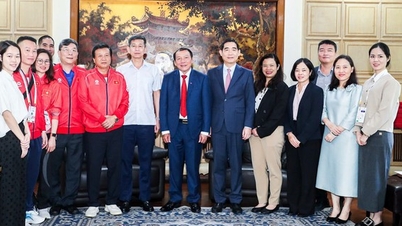

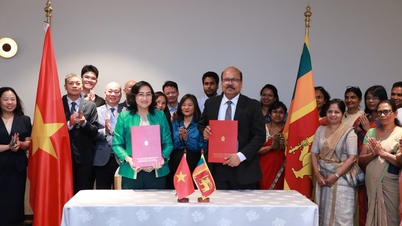







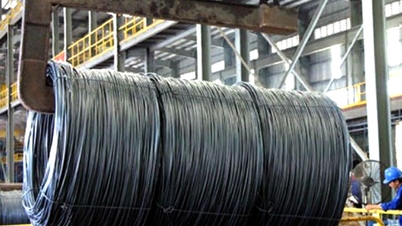









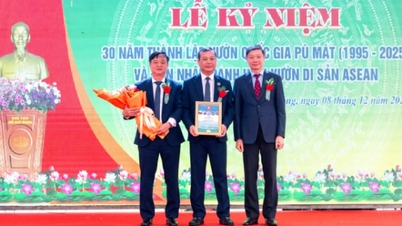














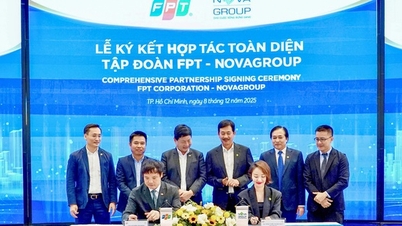

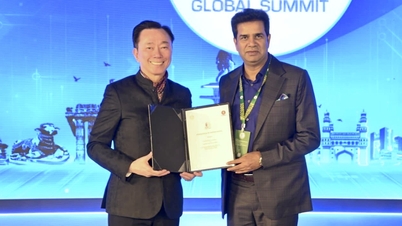



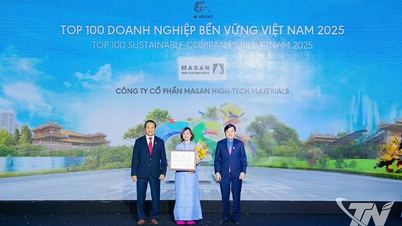


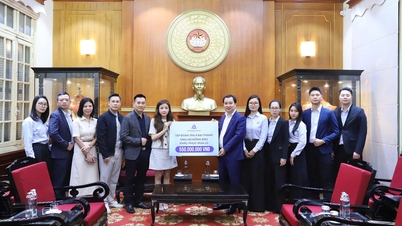







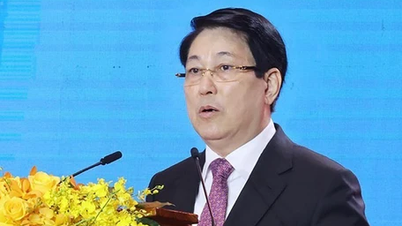




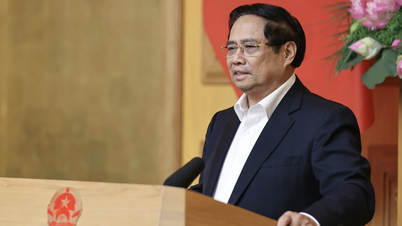


![[Photo] General Secretary To Lam works with the Standing Committees of the 14th Party Congress Subcommittees](https://vphoto.vietnam.vn/thumb/402x226/vietnam/resource/IMAGE/2025/12/09/1765265023554_image.jpeg)


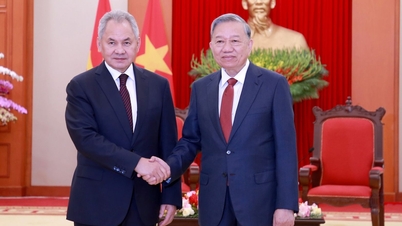

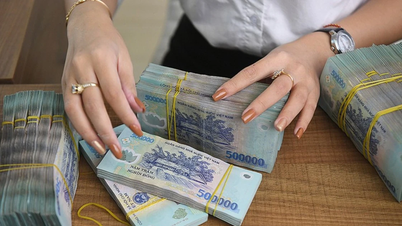



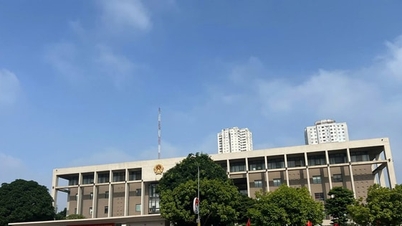




















Comment (0)